Is Burning Bush Bad – Tips On Burning Bush Control In Landscapes
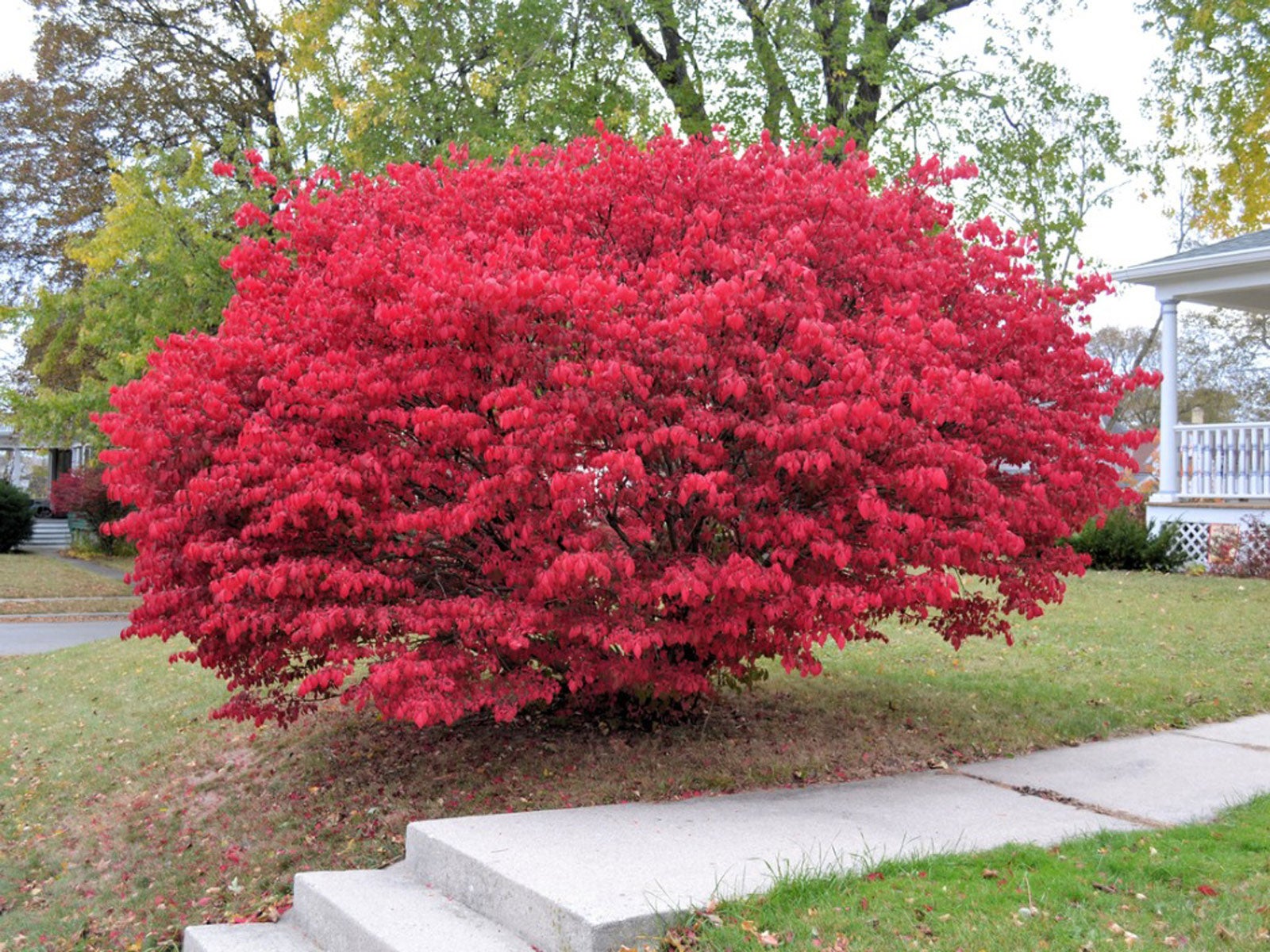

Burning bush has long been a popular ornamental shrub in many U.S. yards and gardens. Native to Asia, it produces stunning, flame-red foliage in fall along with pretty, red berries. Unfortunately, it has proven to be invasive in many areas and several states have restricted or banned it in landscaping. The good news is that there are plenty of native alternatives to provide similar fall color.
Is Burning Bush Invasive?
It depends on where you are, but generally yes, burning bush is considered invasive. Some states, like New Hampshire, have actually prohibited using this shrub. It has become widespread along the East Coast and in much of the Midwest.
Burning bush (Euonymus alatus) is also known as winged burning bush or winged euonymus for the tan, wing-like appendages that grow on young, green stems. The shrub can grow up to 20 feet (6 m.) tall, is deciduous, and is most known for its fiery red fall foliage and colorful berries.
Burning Bush Control
So, is burning bush bad? Where it is invasive, yes, you can say it is bad. It outcompetes native species, plants that native wildlife need for food and shelter.
In your own yard, it may not be a big issue though. The berries of the burning bush drop down and reseed, resulting in seedlings that have to be pulled, which can be a hassle. The bigger problem is that birds carry seeds into natural areas where the bush grows out of control.
To control burning bush in your own yard, you only need to pull out seedlings and sprouts by hand. It’s not a bad idea to remove and replace entire bushes too. Dig them out by the roots and dispose of the whole plant.
In large areas where burning bush has spread, heavy equipment or herbicide may be needed for management.
Gardening tips, videos, info and more delivered right to your inbox!
Sign up for the Gardening Know How newsletter today and receive a free copy of our e-book "How to Grow Delicious Tomatoes".
Alternatives to Burning Bush
There are some great native alternatives to the invasive burning bush. Try these in eastern and Midwest states to get similar growth habits, fall color, and berries for wildlife:
- Chokeberry
- Dwarf and standard fothergilla
- Fragrant sumac
- Highbush cranberry or blueberry
- Virginia sweetspire
- Winterberry
For fall and winter stem color, try varieties of dogwood. Red twig dogwood, for instance, produces vibrant red stems you’ll see all winter. Silky dogwood is another good choice.

Mary Ellen Ellis has been gardening for over 20 years. With degrees in Chemistry and Biology, Mary Ellen's specialties are flowers, native plants, and herbs.
-
 Looking For Plants To Give You The Soft And Fuzzies? Try These 5 Fuzzy Leaf Plant Options
Looking For Plants To Give You The Soft And Fuzzies? Try These 5 Fuzzy Leaf Plant OptionsLovers of texture, drama, silver foliage and tactile plants will adore these special sensory garden additions. These fuzzy leaf plant options will leave you all aglow
By Susan Albert
-
 Get Ready For A Summer Of Hummers! Grow These Full Sun Hummingbird Plants and Flowers
Get Ready For A Summer Of Hummers! Grow These Full Sun Hummingbird Plants and FlowersIf you’re lucky enough to enjoy a sunny backyard, make sure you are maxing out on your pollinator opportunities and grow these full sun hummingbird plants and flowers
By Tonya Barnett
-
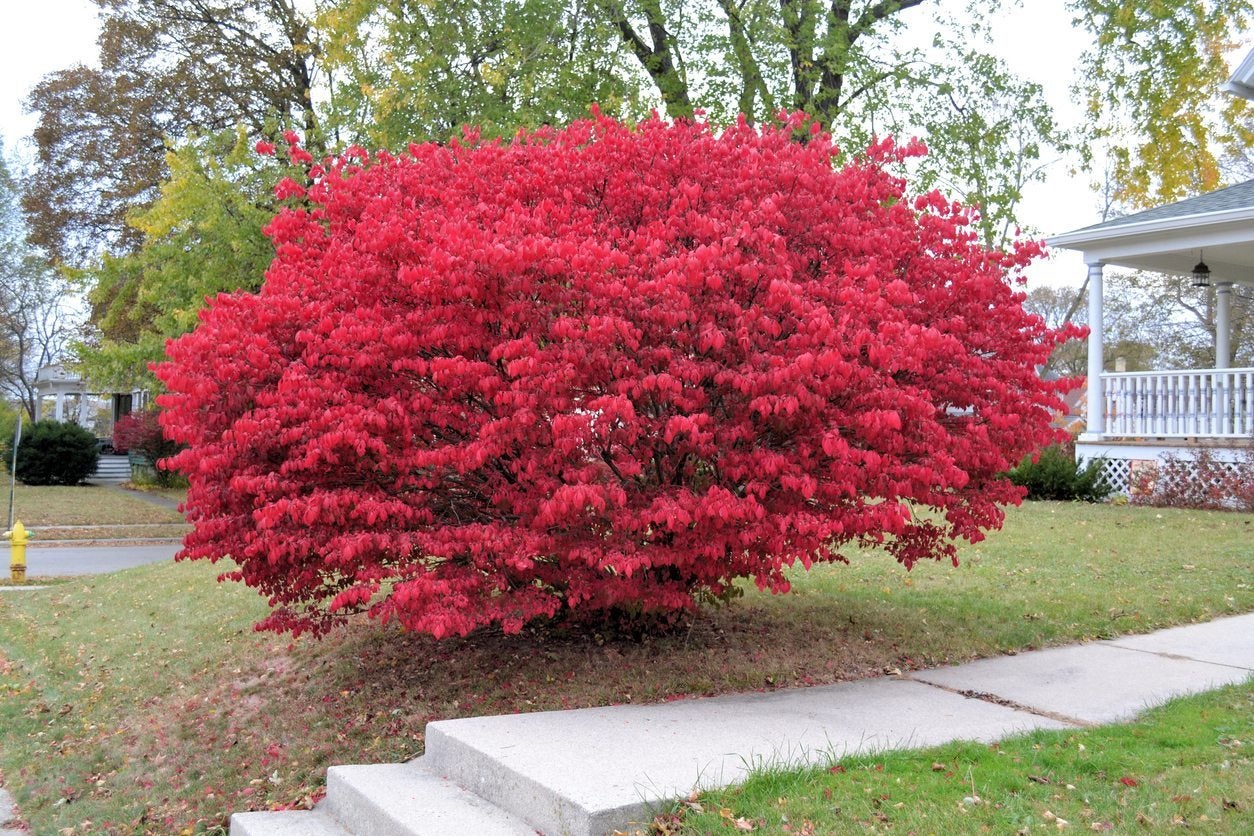 Why Won’t Burning Bush Turn Red – Reasons A Burning Bush Stays Green
Why Won’t Burning Bush Turn Red – Reasons A Burning Bush Stays GreenThe common name, burning bush, suggests that the plant?s leaves will blaze a fiery red, and that?s exactly what they are supposed to do. If your burning bush does not turn red, it?s a great disappointment. Why won?t burning bush turn red? This article will help.
By Teo Spengler
-
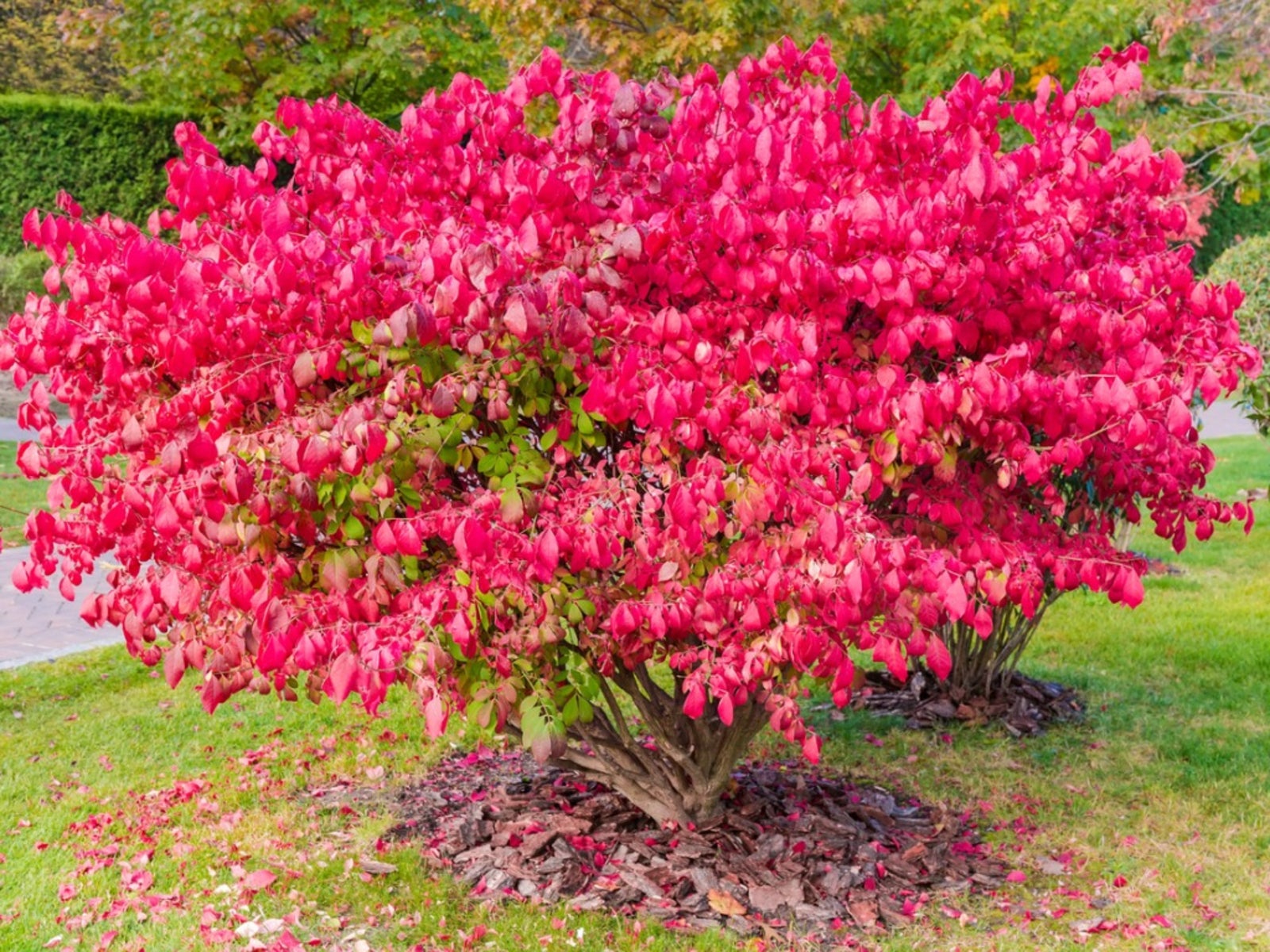 Burning Bush Relocation – How To Move A Burning Bush
Burning Bush Relocation – How To Move A Burning BushBecause they're so striking, it's hard to give up on a burning bush if it can't stay in the spot currently planted. Luckily, burning bush relocation is reasonably easy and has a pretty high success rate. Get information on transplanting these shrubs in this article.
By Liz Baessler
-
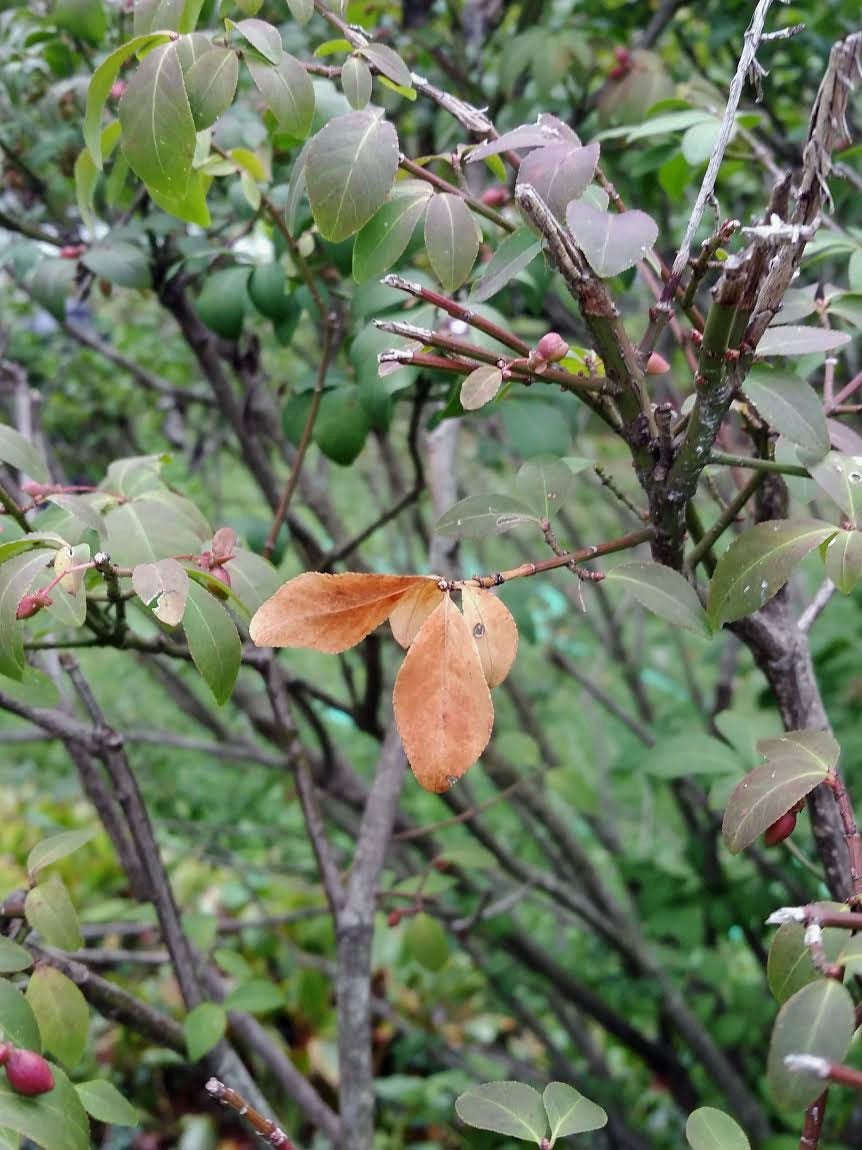 Why Burning Bush Is Turning Brown: Problems With Burning Bush Leaves Turning Brown
Why Burning Bush Is Turning Brown: Problems With Burning Bush Leaves Turning BrownBurning bush shrubs seem to be able to stand up to almost anything. That's why gardeners are surprised when they find burning bush leaves turning brown. Find out why these sturdy shrubs brown and what to do about it in this article.
By Jackie Carroll
-
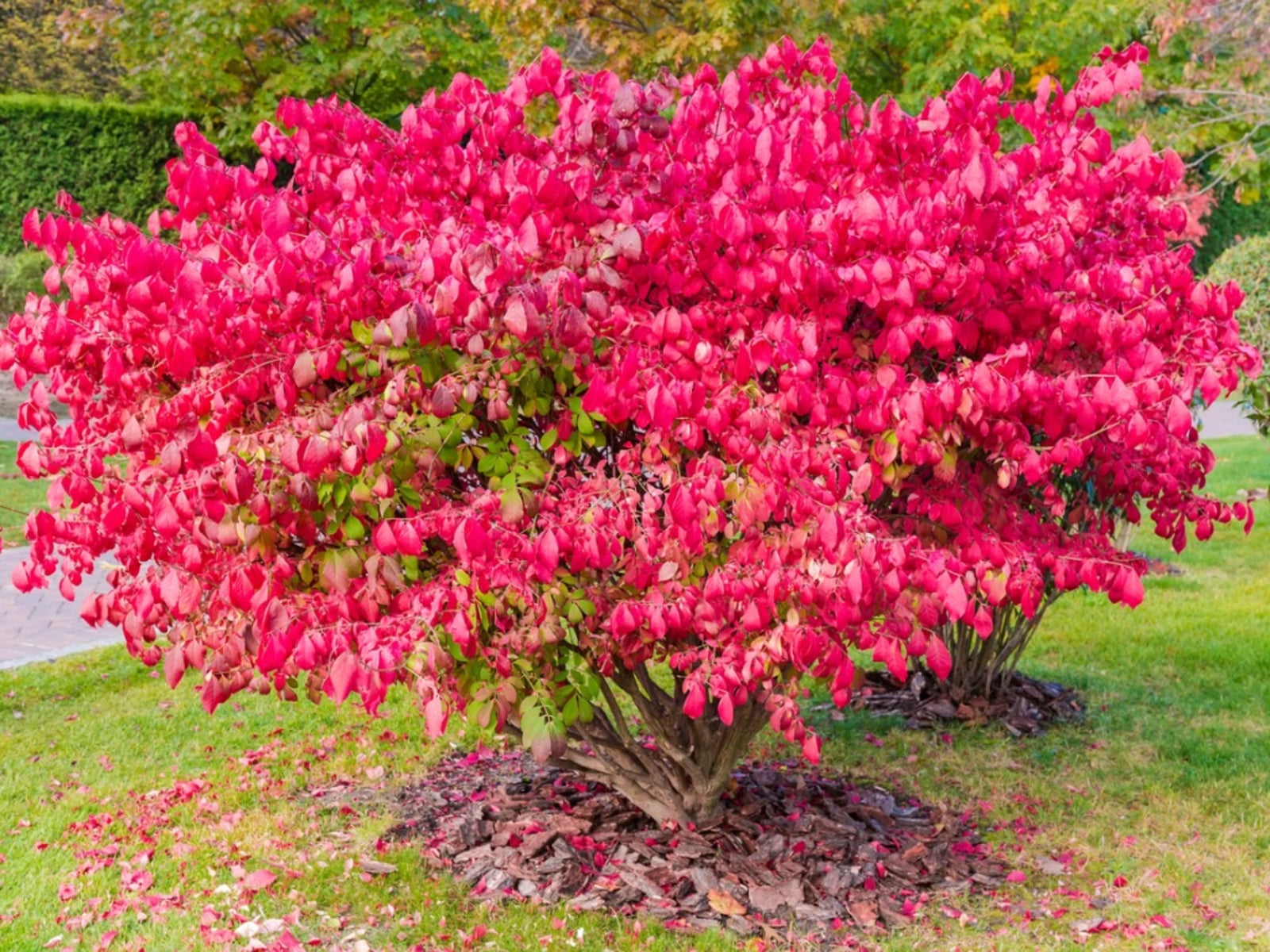 Insects On Burning Bush Leaves – How To Treat Bugs On Burning Bush Plants
Insects On Burning Bush Leaves – How To Treat Bugs On Burning Bush PlantsOne of the problems you may have with beautiful burning bush shrubs is insect pests. This article tells you what to do when you see insects on burning bush leaves. Click here for additional information that will help.
By Jackie Carroll
-
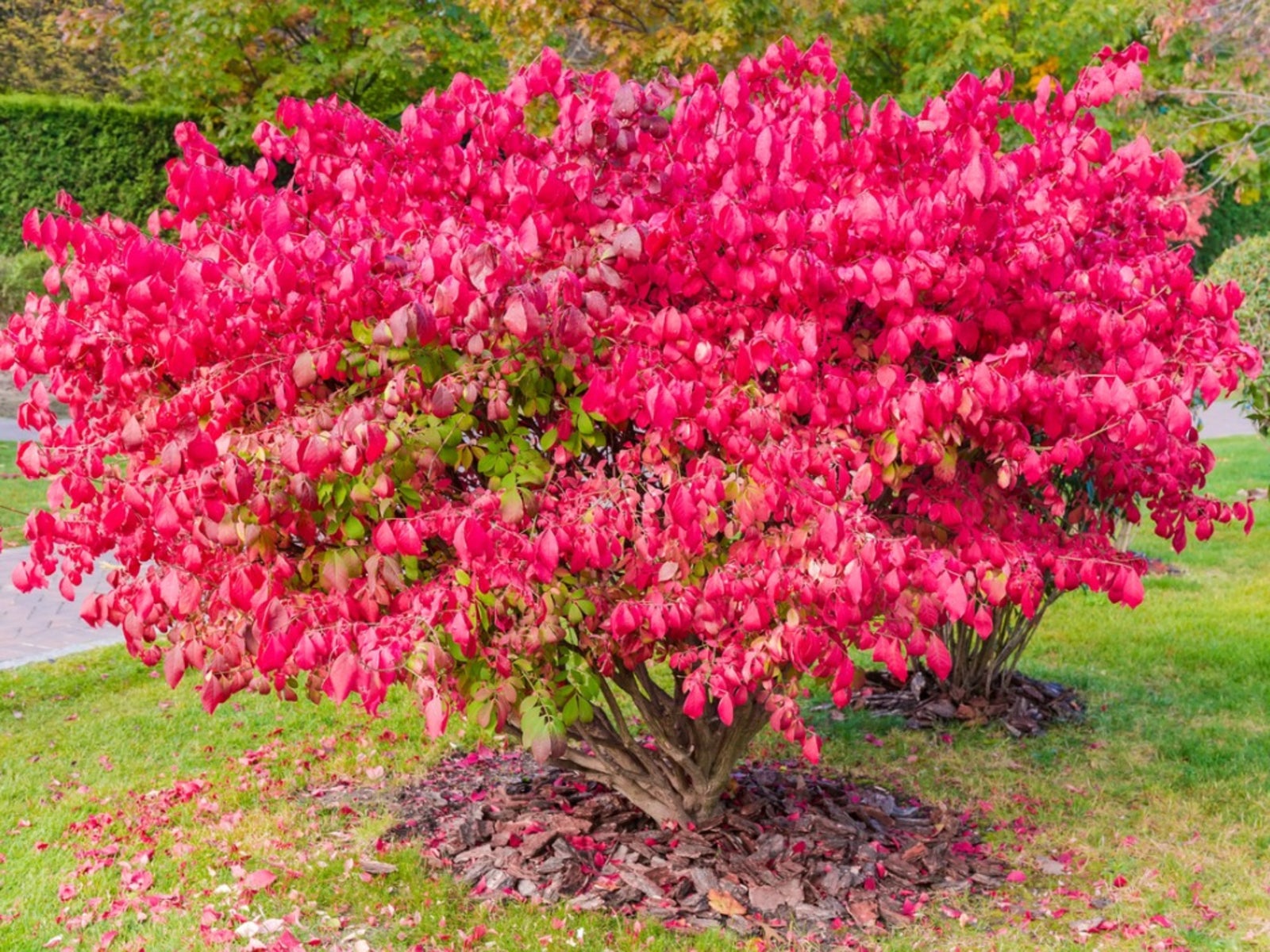 Burning Bush Propagation: How To Propagate A Burning Bush
Burning Bush Propagation: How To Propagate A Burning BushBurning bush is a tough but attractive landscape plant, popular in mass and hedge plantings. If you need several plants for your landscape design, why not try propagating your own. This article explains how to propagate a burning bush.
By Jackie Carroll
-
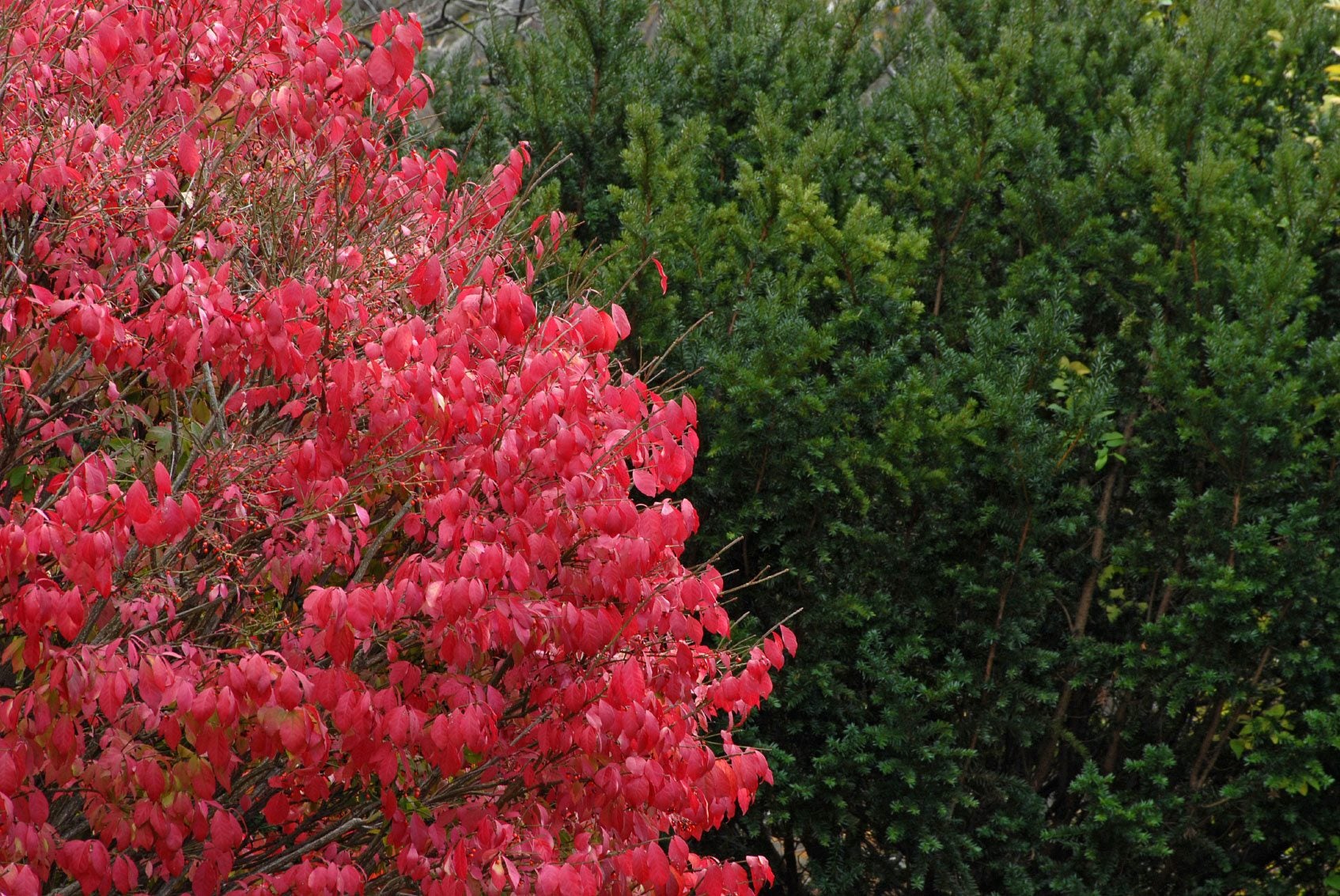 Learn About The Care Of Burning Bush - How To Grow A Burning Bush Plant
Learn About The Care Of Burning Bush - How To Grow A Burning Bush PlantGardeners who want a burst of crimson color in fall should learn how to grow a burning bush. This bush has a natural form that shows well in borders, beds and even containers. Read this article to learn more.
By Bonnie L. Grant
-
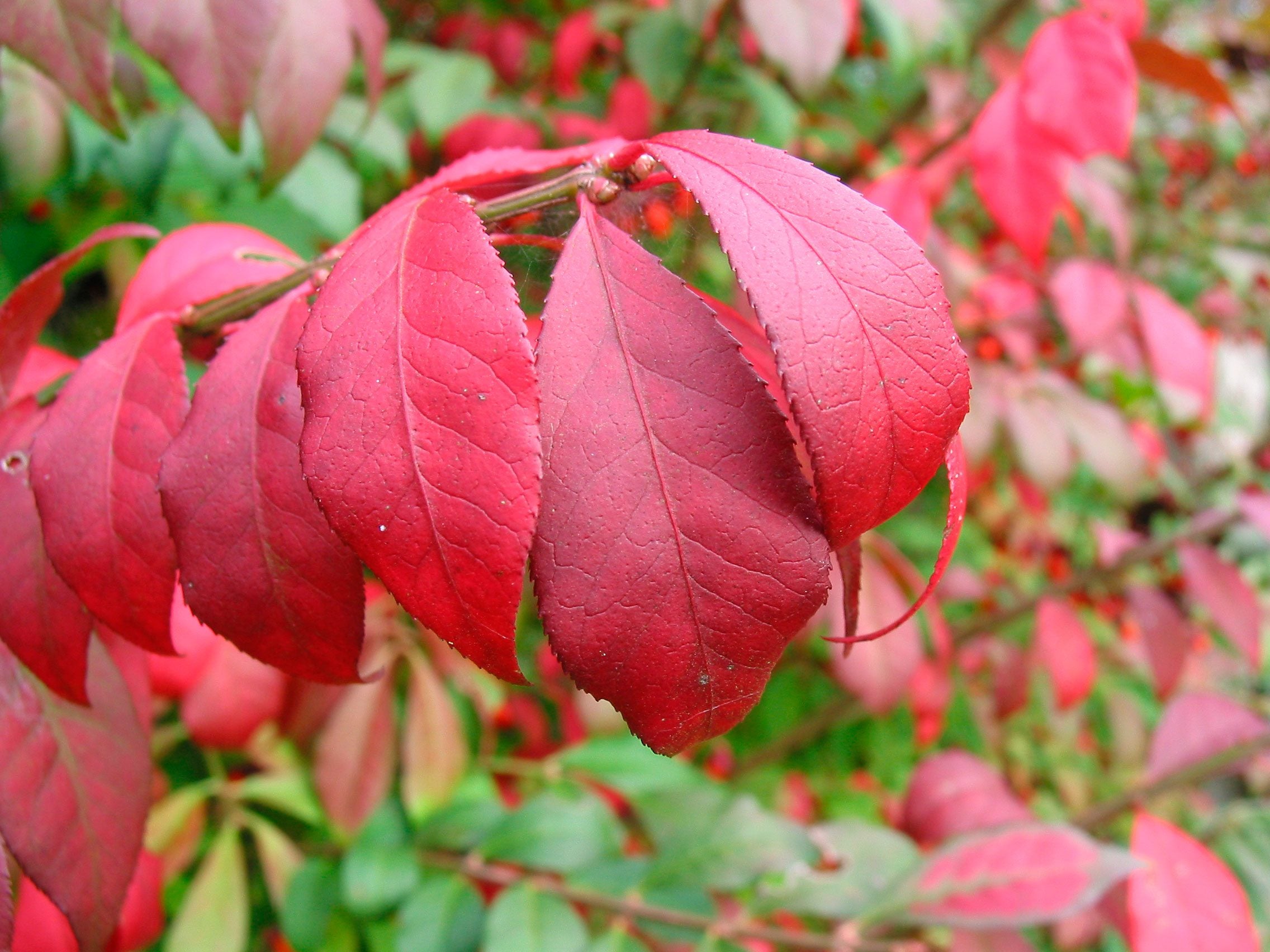 Pruning A Burning Bush - When To Prune Burning Bush Plants
Pruning A Burning Bush - When To Prune Burning Bush PlantsBurning bush is a dramatic addition to any garden or landscape. While it is a popular shrub, burning bush is also a shrub that is prone to a??overgrowinga?? its space. Get tips on pruning these shrubs in this article.
By Heather Rhoades